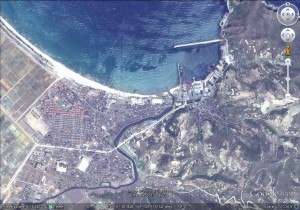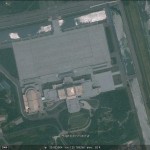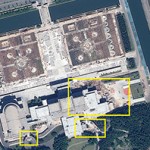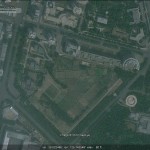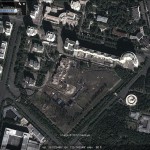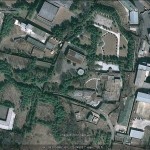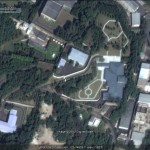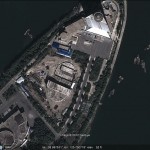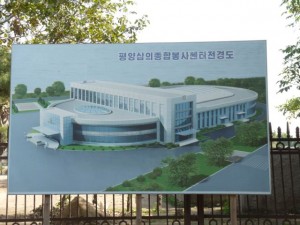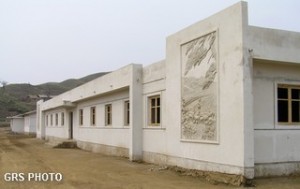NPR correspondent Louisa Lim posted an interesting report on economic and social changes in the DPRK.
You should listen to the full report here.
Here are a few interesting highlights:
“In the past, our husbands would bring home rations, and we’d live off that,” says Mrs. Kim. “Now there are no rations, and the women support the families. If we don’t make money, they starve, so life is hard for women.”
…
In North Korea, Mrs. Kim gets up at 4:30 each morning to feed the animals she sells, and also brews alcohol illegally. Every minute of the day is spent figuring out how to feed her family, including an adult son and daughter whose state-run jobs do not provide enough to live on.
Meanwhile, North Korea’s men still remain tied to the country’s moribund state-run institutions.
“If you don’t go to work, you go to prison,” one male interviewee tells NPR. The one escape is a system where some men, like Mrs. Kim’s husband, pay between 20 to 30 times their tiny monthly salary not to work.
They make the payments in order to be classified in what are known as “August the third units,” who can trade privately. It’s not clear whether this practice is legal, although it is widespread. Anecdotally, the women hint that they often are the ones to decide whether their husband’s skills are actually worth paying such sums of money.
…
“I don’t know if you can call it power, but women do what men can’t do, so we can speak louder now,” she says. “In the past, we obeyed our husbands. But now they can’t make money. Women have to make money and feed them. Women have become the heads of the family. They make the money and buy the food. Men cannot say what they want.”
She admits her friends mockingly call their husbands “puppies” or “pets” because they have to be fed, yet they do nothing. The economics are telling: Mrs. Kim earns about 3,000 won a day at the market — the equivalent of less than 50 cents — at black market rates.
That’s double what her husband would earn in an entire month, were he to get paid.
“I get paid 1,200 won a month,” complains another interviewee, Mr. Kim, who is no relation to Mrs. Kim and who has an office job in a state-run company. “It’s a joke. There’s nothing you can do with that salary. A kilo of rice is something between 5,000 to 7,000 won.” He was paid only six times last year, he says, but as he points out, his salary is largely meaningless.
North Korea’s government has become dependent on free labor from its citizens. Each young man spends a decade in the army on compulsory military service, for which he may earn a nominal salary and dwindling food supplies. The men are then sent to a job in a state-run work unit, which — strapped for cash — doesn’t necessarily pay wages any more.
…
The extra burden women carry is beginning to have social consequences, with young women hoping to delay marriage to avoid taking on a husband. For men, their emasculation within their own households is now a fact of life.
“Whatever your wife tells you to do, you do,” says Mr. Kim, despairing. “If women say it’s a cow, it’s a cow. If they say it’s a giraffe, it’s a giraffe. We are slaves, slaves of the women. Women’s voices have become louder. Men have become mute.”
That muteness has become a matter of survival. Mr. Kim describes what happens to friends whose wives have left them or died: “Men without wives become beggars. They become so hungry that they can’t go to work. Then they have to go to market to beg. This has happened to between five and seven men I know.”

